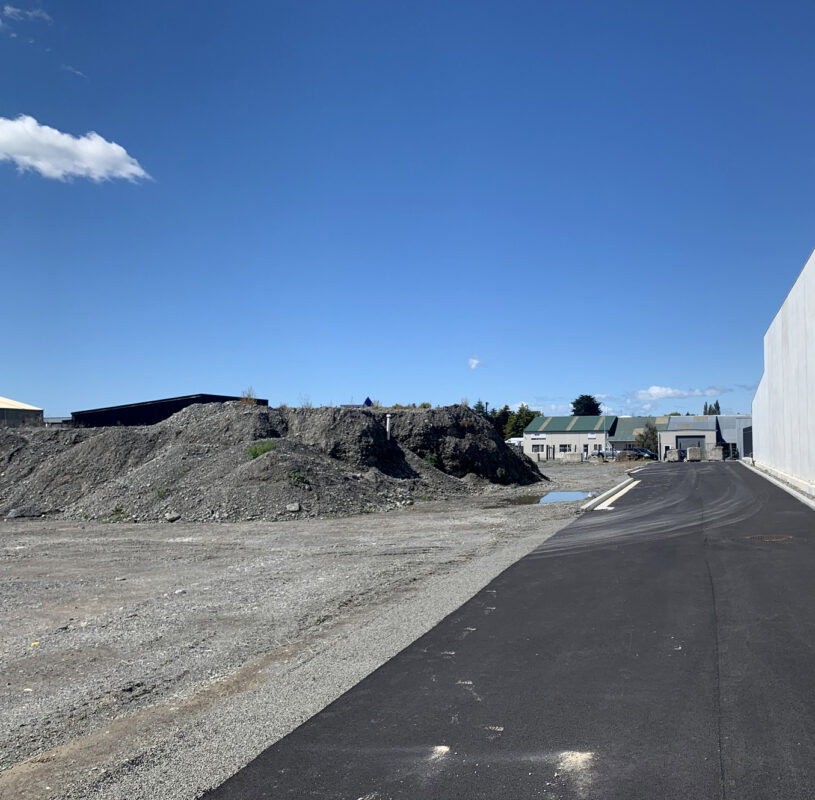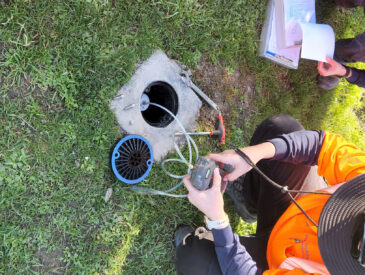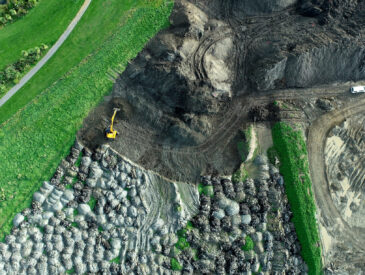Investigating land, water and air.
We work with all stakeholders and service providers to help create environmentally sustainable outcomes that are realistic and cost effective. Our comprehensive services can be provided as part of a multi-disciplinary project, or as a standalone service for any project specifically requiring environmental science expertise and solutions.
From local authorities, commercial and residential land developers, small residential homeowners, architects, service partners, and lawyers, we seamlessly integrate our expertise with other disciplines to achieve the best outcome for a diverse range of clients.
As required by the NESCS legislation, our contaminated land investigation and management works are led / undertaken by our Suitably Qualified and Experienced Practitioners (SQEP). Our lead consultant is a Certified Environmental Practitioner – Site Contamination Specialist (CEnvP – SC).
We have specialist expertise in both asbestos management and occupational health.









